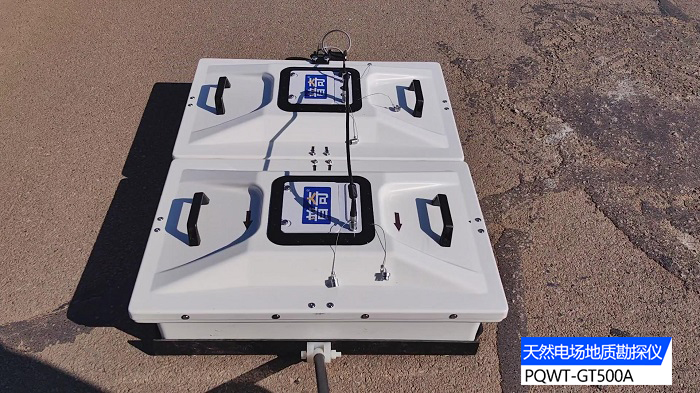The Pipe Cable Locator , often referred to as the metallic Pipe Cable Locator, utilizes the principle of electromagnetic induction to detect metallic pipelines, cables/fiber optic cables, and some non-metallic pipelines with metallic marking lines. This device can quickly and accurately reflect the direction of underground pipelines, branch lines and other elements to the ground.

Pipeline detection radar, on the other hand, utilizes electromagnetic waves to detect underground pipelines of all materials and can also be used to locate buried objects underground. It is widely known as radar or pipeline radar with a high-speed pulse transmitter and picosecond sampling technology as its core. As a high-resolution detection technology, pipeline radar is able to quickly and effectively detect and locate pipelines underground in a variety of metallic and non-metallic materials.
The difference between the two is:
1. Ordinary Pipe Cable Locator can only detect metallic pipelines, if you want to detect non-metallic pipelines, you have to use non-metallic probes, which are relatively laborious to use and sometimes need to intrude into the interior of the pipeline.

2. Pipe Cable Locator can detect underground pipelines of all materials without the limitation of electromagnetic field induced by pipelines. It can not only detect metal pipelines, but also non-metallic or non-conductive pipelines, such as PVC pipes, PE pipes, cement pipes, ceramic pipes, wires and cables.
In addition, the pipeline detection radar can also be used in geological survey, geological hazards detection, highway engineering quality inspection, underwater detection, archaeology and other fields, more powerful and wider scope of application.
Pipe line detection radar has a wider scope of application, more powerful functions, able to detect metal and non-metallic pipelines, while the ordinary Pipe Cable Locator is limited to the detection of metal pipelines. As a result, Pipe Line Detection Radar is usually more expensive than the regular Pipe Cable Locator.








